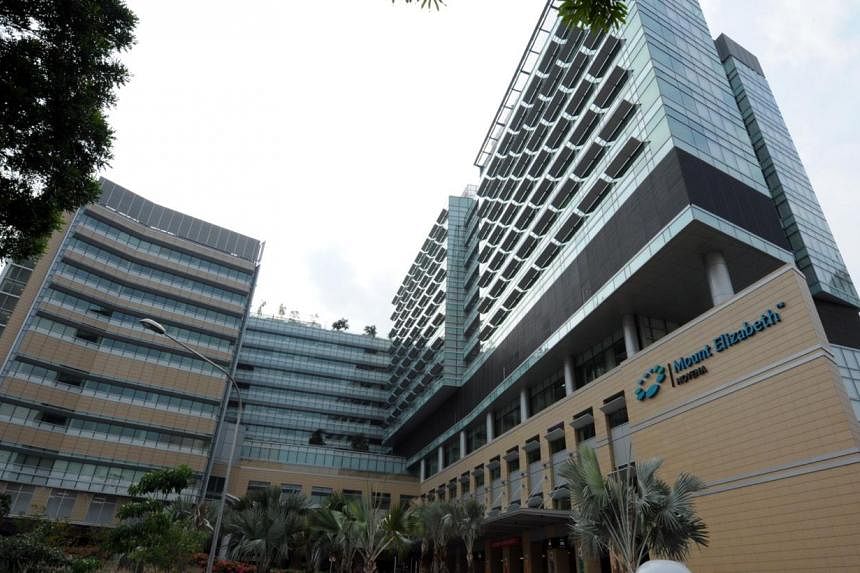Mount Elizabeth Novena Hospital (MENH) has begun accepting patients from Tan Tock Seng Hospital (TTSH) this week, in a move to ease the massive bed crunch faced by public hospitals.
It becomes the third hospital from the Parkway Pantai group, the largest private health-care player here, to take in public hospital patients.
Gleneagles has agreed to take up to 12 dengue patients from Changi General Hospital (CGH), which is also using one ward with about 30 beds at Parkway East, run by CGH's own staff.
A Ministry of Health (MOH) spokesman said MENH will set aside up to 20 beds for TTSH patients "to help ease TTSH's patient volume". The collaboration is expected to last between three months and a year.
Patients who will be transferred to the $2 billion hospital, which has only single rooms and suites, are those with "acute but stable conditions" such as gastroenteritis or gout, the spokesman said. Their move is subject to doctors' assessment of their clinical fitness. So far, only one patient has been sent to MENH.
The spokesman added that during the Budget debate in 2012, the MOH said there was a "need to re-examine the role of the private sector and to consider how we can tap their capacity and expertise, to serve our national health-care needs".
Dr Kelvin Loh, chief executive officer of MENH, said: "This partnership ensures that more Singaporeans will be able to receive quality medical attention as quickly as possible."
The new collaboration is "part of TTSH's contingency plan to manage potential surge situations in its emergency department".
Four public hospitals - TTSH, CGH, National University Hospital and Khoo Teck Puat Hospital - are trying hard to cope with bed occupancy rates of well over 90 per cent.
Private hospitals generally aim for occupancy rates of 70 per cent to 75 per cent to give them a comfortable patient turnover rate.
The situation was expected to be relieved by the end of this month with the opening of the new hospital in Jurong, but due to construction problems, this has been pushed back by six months.
Meanwhile, MOH has set up a task force led by its director of medical services, Associate Professor Benjamin Ong, to look at what can be done to ease the situation until the 700-bed hospital opens. This includes pushing out successful bed-saving measures tested at one hospital to all others.
Examples of such measures include sending patients home about three days earlier, but with doctors, nurses and therapists continuing to care for them at home. This not only frees up beds, but also lets patients settle back into their homes with expert help.
Another scheme is to convert more inpatient treatments to day care, such as for patients needing intravenous antibiotics.

